We've found 647 matches for your search. Order by
Results
-
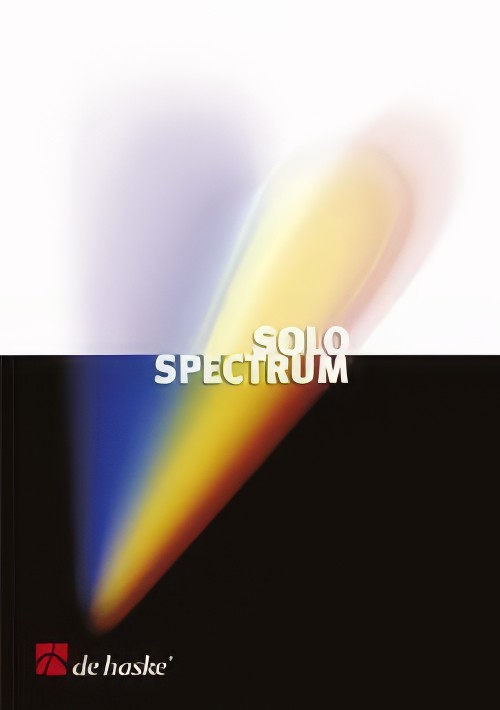 £60.99
£60.99Rhapsody (Euphonium Solo with Brass Band - Score and Parts) - Evenepoel, Johan
Duration: 6.00
Estimated dispatch 7-14 working days
-
 £60.99
£60.99Memory (Baritone or Euphonium Solo with Brass Band - Score and Parts) - Ares, Rob
Duration: 4.15
Estimated dispatch 7-14 working days
-
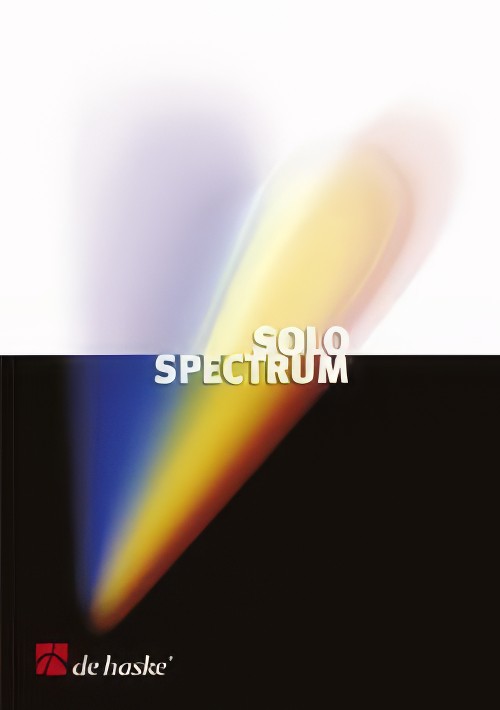 £60.99
£60.99Londonderry Air (Euphonium Duet with Brass Band - Score and Parts) - Jabovski, Tony
Duration: 3.00
Estimated dispatch 7-14 working days
-
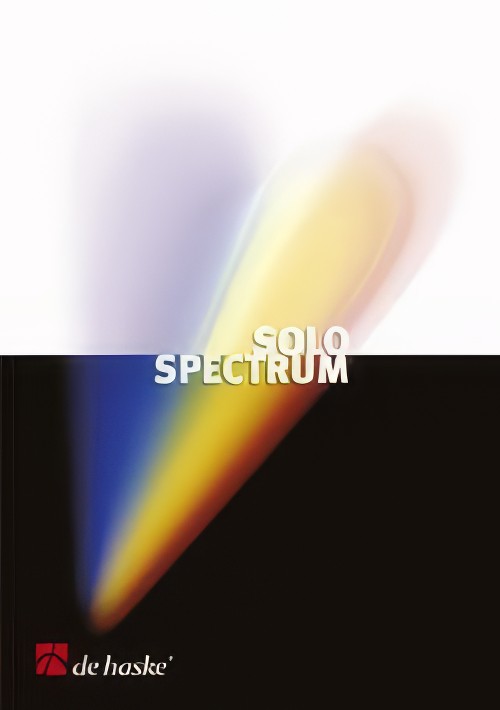 £60.99
£60.99Cat Named Bumpers (Euphonium Solo with Brass Band - Score and Parts) - De Haan, Jacob
Duration: 3:15
Estimated dispatch 7-14 working days
-
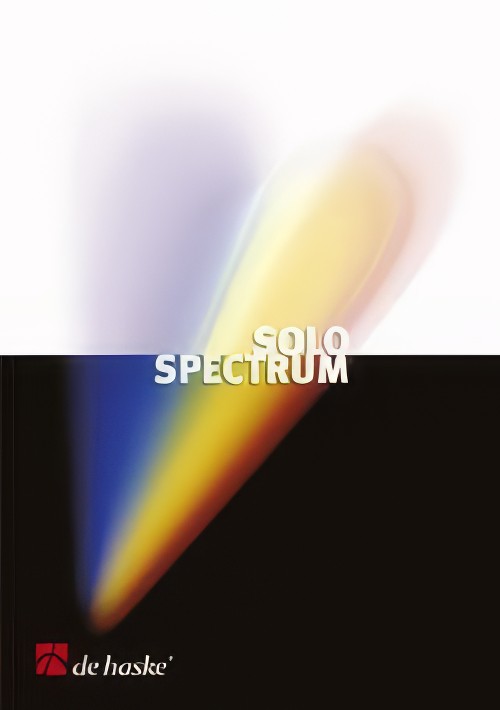 £76.99
£76.99Twilight Serenade (Baritone or Euphonium Solo with Brass Band - Score and Parts) - Schoonenbeek, Kees
Duration: 8.00
Estimated dispatch 7-14 working days
-
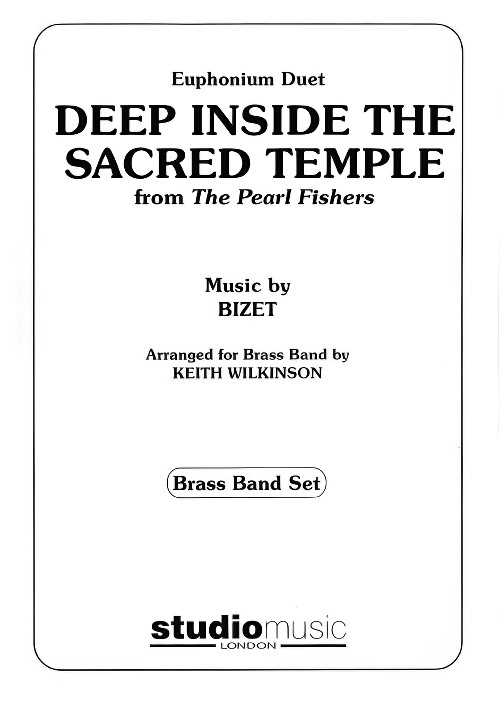 £37.95
£37.95Deep Inside the Sacred Temple (Euphonium Duet with Brass Band) - Bizet, Georges - Wilkinson, Keith M.
Recorded on Polyphonic QPRL064D Midnight EuphoniumThis set includes a condensed/reduced score for the conductor
Estimated dispatch 7-14 working days
-
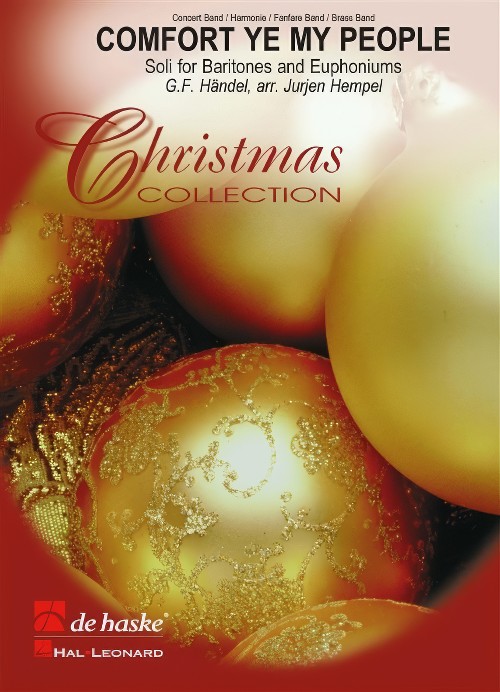 £54.99
£54.99Comfort Ye My People (Baritone and Euphonium Feature with Brass Band - Score and Parts) - Handel & Tchaikovsky - Hempel, Jurjen
Duration: 3.30
Estimated dispatch 7-14 working days
-
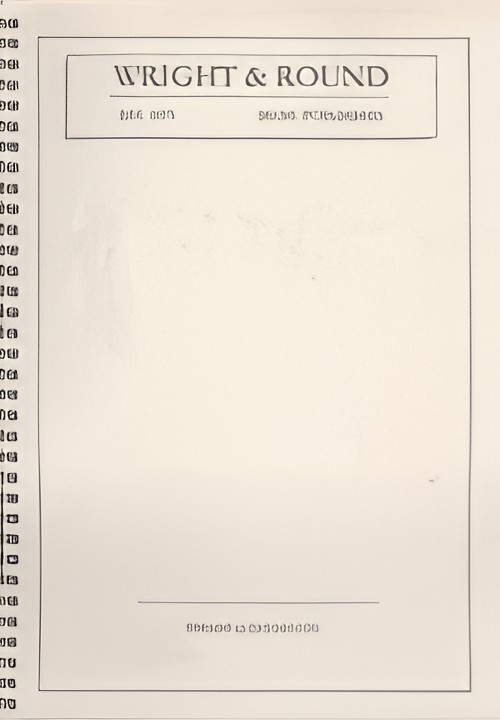 £26.50
£26.50Celeste Aida/The Swan (Euphonium Solo with Brass Band Set) - Saint-Saens & Verdi - Stephens, Denzil
Celeste Aida by Verdi and Le Cygne (The Swan) by Saint-Saens from Le Carnaval des Animaux
Estimated dispatch 7-14 working days
-
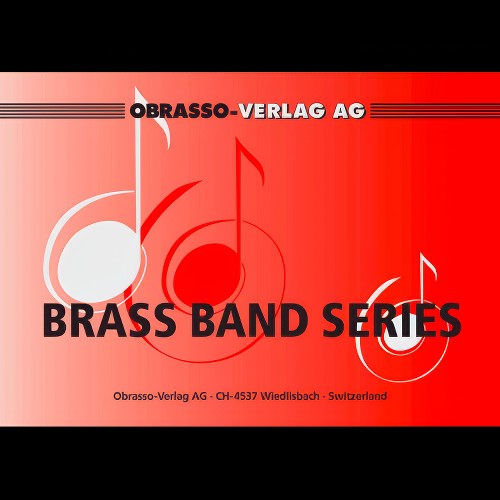 £56.00
£56.00A New Day (Baritone or Euphonium Solo with Brass Band - Score and Parts) - Crossley, Andrea
Grade: Easy/Medium.
Estimated dispatch 7-14 working days
-
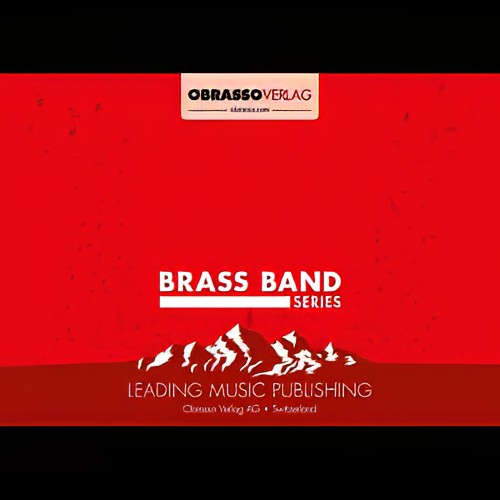 £56.00
£56.00A Piece of Cake (Euphonium Duet with Brass Band - Score and Parts) - Newsome, Roy
Duration: 2.30
Estimated dispatch 7-14 working days
